Don Vappie Interview - New Orleans Tenor Banjo Player
Though he’s best known for his banjo and guitar work in the realm of traditional New Orleans jazz, Don Vappie approaches music with an open mind that allows him to find connections where others might not. Whether he’s unearthing common denominators between early jazz, funk and Western African music or setting up his banjo in a way that allows for the instrument’s darker, warmer capabilities to shine through, he has a way imbuing his music with added layers of emotion and poignancy.
Over the course of his decades-spanning career, he’s brought that quality to bear on work with the Preservation Hall Jazz Band, the Lincoln Center Jazz Orchestra, and Otis Taylor, as well as his own projects, including the Creole Jazz Serenaders, a trad jazz outfit that focuses on elements like the “Latin tinge” Jelly Roll Morton spoke of as well as the music’s French heritage.

Having come to appreciate the banjo and jazz from a bass and funk background, Vappie’s also developed a unique approach to the technical aspects of playing banjo. He’s worked closely with Ome Banjos to create a set up that allows him a wider range than some might think is possible on the instrument. Meanwhile, his experience playing and arranging for a variety of instruments and genres makes him comfortable expressing himself in all kinds of settings.
This summer, Vappie sat down with the Banjo Studio at his alma mater, Loyola University, to discuss his artistic development, his forthcoming holiday album and more.
Q: Can you take us on a virtual tour of your current banjo and the path you took to arrive at what you’re playing now?
I’ve had an endorsement from Ome Banjos for a while and for a while I played the tenor, the Monarch. I loved it and what brought me to that initially was I was playing a 1927 Vega Professional. This person had heard us play somewhere and came backstage and said, “I have a banjo my grandmother bought I want someone to play it because it’s just sitting here … “ Before that I had a Maybelle. I managed to get sort of the sound I was looking for … but back then I wasn’t sure what my sound was going to be, because my path to the banjo was by way of playing in funk bands.
When I worked at Werlein’s music store, I’d have to clean the banjos and guitars and keep them in playing condition for people to try ‘em out. Well, the banjo reminded me of the muted single note lines that were played in funk tunes back in the ‘70s. It was just a really funky, percussive sound, so that kind of brought me to it initially.
With the Monarch, by the time I got that, I’d already gotten accustomed to playing my Vega, which by the way was given to me in original condition – had the calfskin head on it, felt picks, the little strings from 1927 when [the woman’s grandmother] bought it at Werlein’s on Canal Street. Her grandmother probably played it a little bit and put it away.

Anyway, the calfskin head is a very dark sound compared to the plastic head. So I couldn’t keep the calfskin head on that banjo because of the weather down here, it’s so humid . Any conga drum player will tell you if you leave it tight it’s gonna get damp and it’ll tear and it’ll last you a few days. So I found this company makes something called fiberskin which emulates that kind of sound, which was darker than a plastic head and that’s the sound I really wanted. To me it’s got more body and more tone to it.
I know there’s all these banjo jokes, “Tone?! On a banjo?!” You know … yeah, I think so. Especially a tenor banjo because it’s tuned in fifths so there’s a range: the high notes can be piercing and with a plastic head it just can be like somebody put a pin in your ear. So I used [the fiberskin] and I got sort of the sound I wanted. And I got hold of the Monarch, it reminded me of the tone I got with the Vega.”
At this point I was a [serious] banjo player and I wanted the instrument to fit what I was doing. I got the Monarch from Ome and I started to appreciate it a lot more than I did the Vega. Something about [the Monarch] was just a solid instrument in my hands and it was just that much easier for me to balance and for my left hand, when I’m fingering notes, to just kind of walk along the fingerboard. So that became my No. 1 banjo for a long time … when I was touring with Preservation Hall.
I got this Monarch and that’s when I really started experimenting and I was able to learn all kind of different things and different types of tunes that weren’t related to New Orleans jazz. I started learning some Harry Reser tunes because they were good exercise. They were novelty tunes but the patterns and the speed and the accuracy, it was almost like an exercise for me.
I’d take the back off of the Monarch sometimes, especially when I was recording, if I was in a softer place because the idea about having a resonator, the back on a banjo, was that it pushes the sound out and you get more sound. And theoretically it’s true: there is sound that’s coming from the back of the banjo head, just like from the front.
But when I took it off, the sound even got more mellow for me. And volume-wise, it was still plenty and if I’m playing for more than 50 people I’m going to mic it anyway, so I started playing it like that.
For some reason this banjo that I’m playing now is more even than any other banjo I’ve ever played. From the lowest note to the highest note, the volume is almost flatline. And it’s easy to control. I can be more expressive with it. Because everybody can play loud, but from soft to loud, how much do you have in between? That capability makes me a more expressive player.
{{cta('bed9e5e8-4967-45b5-b3f0-42c3740e8aa3')}}
Q: You said you asked Ome to create a banjo that’s set up the unique way yours is set up. What do you do besides taking the back off and using a fiberskin head?
I was using a Farquhar bridge but they were hard to get a hold of now so the bridge I have now might be a Grover. I used to think the bridge with two feet made a difference and the one I have now has three feet but with this banjo it sounds fine. The bridge can change your sound as well.
The tail piece which I never thought would make a difference, does make a difference. Instead of a normal claw-type tail piece that comes with most banjos I have one where all the strings are adjustable. They make those for five strings as well.
The one big change I did on this banjo that’s not on the others, I used guitar-style tuners. With the guitar style tuners it fits in my case better because when I travel I bring a guitar and a banjo, I have a double case. It lays down in my case real nice. The banjo style tuners (planetary tuners) stick out the back and they sort of push the head up.
The other reason is the gear ratio is higher so they’re easier to tune and I was never into gold plated this and that and a lot of fancy stuff … so these tuners are chrome or nickel or something.
The other thing I did: For years I’d been asking [founder and owner] Chuck [Ogsbury] and his daughter Tanya to make a wooden arm rest for me because most of those arm rests are metal. I had like five or six suit jackets that had holes in the right arm where you wear down that nickel plating, it becomes slightly rough and it just tore through my jackets.
I remember a long time ago when I had my Maybelle, I picked up a little wooden arm rest they used to sell, you could screw ‘em onto your pegs, and that worked really well for me. This new version actually attaches and I really like that.
This banjo has a sort of natural finish as opposed to glossy. If you’re gonna be playing outside a lot like a riverboat gig, the humidity … I wouldn’t recommend it.
I’m really in love with this particular banjo. I’m sure a lot of it has to do with the tone ring. I don’t play loud. I always tell people how Sidney Bechet shot a banjo player and I always thought it was because it was too loud.
Q: As a kid, you played electric bass too; how does that experience inform what you play today?
I did play electric bass with a [funk] band called Track One. I played electric guitar too. That band was great for me in growing because it allowed me to arrange things. Two horns, piano, bass, mini Moog, guitar, percussionist/vocalist. I did a show at Pontchartrain Beach and we did a medley of the Star Wars theme, we did Chicago tunes. We were like the crossover band. Got an offer to open for Rare Earth …
I worked at the Blue Room back then, when I was 17. Rich Little, Barbara Eden, Joel Gray, Carol Channing [played there]. Peggy Lee offered me to tour with her and I couldn’t go at the time but she wrote me a note and I have it at home. It says, “If you ever want to play, just tell Dick [Stabile].” And she signed it.
But I quit the funk band back in ’79 because I got bored. There was this desire in me to explore different music. I’m not going to say more complex but it ends up being that. You learn how to add, then you learn how to multiply, then if you’re into math you get into more complicated things and you just grow.
My growth has taken me from the funk bands and pop music of my time into jazz standards. I played with some of the older musicians like Teddy Riley, a trumpet player who used to be here, Danny Barker, Lloyd and Famous Lambert, Placide Adams …
Q: When did you pick up the banjo?
1981 or something … I had the job at Wurlein’s and I’d wake up every morning and start playing along with this Kenny Burrell record. That’s when I started learning jazz tunes. I think one of the first tunes I learned was “But Beautiful.” I started playing with little trios, learning more standards. I had a good ear for that.
Q: Were you always singing?
I sang with the funk band Track One but what helped my singing more than anything was I had a job playing tuba. I still played string bass and I played electric bass -- I majored in bass in college. The only reason I played guitar in college is because they couldn’t find a guitar player who could read chord changes!
Because I played trumpet and brass instruments in high school I got hold of a small tuba and I would double on bass and tuba because some jobs would call for that. I had this gig playing tuba at a brunch for four or five months and when you play a horn you really have to breathe from your diaphragm and the tuba requires a lot of air, especially a cheap tuba like the one I had.
Q: You mentioned you’re getting ready to record a Christmas album that grew out of your performances at the holiday concerts at St. Louis Cathedral in New Orleans. What can you share about the new music?
I’m going to the studio in a week and a half. It’s going to be an eclectic album. I have this really almost cinematic version of “We Three Kings,” which uses a lot of complex extensions on chords. I can imagine these three guys on camels in the desert following a star, it just has to be so extraterrestrial. I tried to create that in the harmony. They’re really complex harmonies but I’m just painting a background and telling a story.
Q: What’s the lineup?
Mike Esnault on piano, Troy Davis on drums, Mark Brooks on bass, Clarence Johnson on sax. We might dub some things. There are a few other songs we’re doing too. I’ve got some original songs I did.
Q: What instrument(s) are you playing on the album?
I play a little banjo. I play a little mandolin on it. I was thinking [of myself] more as an arranger as opposed to being any particular type of player. So banjo, mandolin, different guitars. I have an endorsement with Godin guitars and one I’ve been playing for over a year I love it I think it’s called an A6. The body is the size of a Telecaster but there’s a Humbucker pickup at the neck and then there’s Piezo pickup in the bridge.
It has an acoustic guitar style bridge so you can mix those sounds together. It’s got an onboard EQ and separate EQ for each pickup. I’ll also use my custom Telecaster.
Q: You have a couple of interesting performances coming up this fall as well. You’re taking the Creole Jazz Serenaders to the Manship Theater in Baton Rouge on Sept. 28 and then you’re playing with Bela Fleck and Abigail Washburn.
Right, I’m doing a show with Bela Fleck, Abigail Washburn, Tony Trischka, and Seamus Egan. It’s sort of banjos in the round and I think that’s at Symphony Space in New York.
Q: How did you meet Bela?
We’ve not played together in the same group before … but I introduced him to Wynton Marsalis. I was in New York playing with Wynton and he was in New York, I think he was playing with McCoy Tyner. He was at Carnegie Hall I was at Jazz at Lincoln Center, we were both staying at the same hotel which had no wifi in your room so you had to go to the mezennine to get wifi. It’s like 3:30 in the morning, I’m down there … this guy comes over starts doing stuff on his computer.
We had met at one of these banjo gatherings at Appalachian State. I looked up and I was like, “Man, I know you and I just can’t place you.” Then he looks up and says “I know you too.” We introduced ourselves and realized we had met before so we kind of keep up with each other.
When he was here with Chick Corea, he sent me a text that morning … about coming [to his show] that night. I went and talked to him backstage. That’s when he came up with this.
Q: Are you a big Chick Corea fan? What else were you checking out when you were coming up as a musician?
I was into fusion, I was into all kinds of stuff. Once Eric Clapton asked me what was the record I thought defined the beginning of my interest in music and I knew it was more than just one record but one record stands out. It was Charles Wright and the Watts 103rd Street Rhythm Band, “Express Yourself.”
It was just so different. Everybody else was going, ‘Ah! Uh! Uh!” and this guy was going “Huuuuuuh.” And even panning the horns. Stereo was new at that time so at the end they pan the horns from one side to the other. To me, it defines the whole genre which in my estimation is very similar to early jazz in that every instrument plays a role within the ensemble and you don’t want to cross over too much to interfere with other people’s roles. It’s kind of like driving between the lanes, when you’re crossing and passing somebody, you gotta follow the rules, you got a rule to stay in your lane.
Also, the music from Mali. I played with Cheik Hamala Diabate when I was touring with Otis Taylor, we did the “Recapturing the Banjo” album. The African music – it’s not the chord changes in the form, it’s more a melodic line is the A section of a tune. It might be [sings], they’ll play that line over and over. Then when they get to the bridge they’ll change [sings] and that line becomes the B section, then they go back to the A section. Then on top of that there’s the singing and the other people improvise around it.
With funk music that melodic line is usually in the bass. We got changes in there too but the bass line is always a defining thing. Like on “Brick House,” it’s always the bass line defining these songs. Well, that’s like the African thing: the melodic line defining the songs.
It’s amazing how the African musicians are so accepting of the sound of the banjo, like it sounded like it was supposed to, like it was a modern day n’goni.
Q: There was a story in Offbeat magazine about you around that time that talked about how the popularity of bluegrass was overshadowing people’s memories of the banjo’s African ancestry.
Actually, the banjo got to Appalachia through slaves bringing it. That’s how the banjo came to America, when you hear old Piedmont stuff from that time. The most recent thing you might hear would be the Carolina Chocolate Drops. Dom Flemons fell in love with that stuff, that’s how that band started.
It’s funny, I’m actually one of the inspirations for the group. I was at the first black banjo gathering at Appalachian State. They called it “The Black Banjo Gathering” and that’s where I met Bela Fleck, too. In my talk I said it’s great being here [but] I’m the only tenor banjo player, everybody else is playing five strings. It’s interesting to me that you call it “The Black Banjo Gathering” and there’s not really any black banjo players here but other than that, no one’s really talked about any black banjo players. It’s like they completely ignored or [had] not recognized all the professional black banjo players in jazz like Ikey Robinson, Narvin Kimball, Johnny St. Cyr, Bud Scott. I think that was one of the sparks …
Q: I was going to ask who in that lineage has influenced you, but why don’t we start with Danny Barker. How did you end up playing with him?
Bob French called me for a gig. Danny was playing with him so I played bass and we were playing “I Can’t Give You Anything But Love,” and on my bass, I played the melody and Danny turned and looked at me and said, “Young man, you gonna go a long way playing the melody.” And from that moment, we were buddies. I wasn’t part of the Fairview [Baptist Church Brass Band] thing. And then I ended up doing some things with him and Wynton.
It was a concert we did at Mahalia Jackson Theater in must have been the early ‘90s, maybe ’91. I was playing bass, Danny was playing banjo, I think Michael White was there, Wynton, Herlin [Riley] was playing drums, Ruby Braff was on that gig, trumpet player, and Howard Alden. I played with them with Ellis.
We took a break at rehearsal and I passed by Danny. I said, “Danny, that’s a nice lookin’ banjo.” He says, “Yeah? Yeah? Check it out.” He gave it to me. I held it for a minute. I went to give it back to him. I said, “Yeah, that’s real nice.” He looked at me, he goes, “Play it!” I’m like OK. I played it a little bit.
I look back at that moment and it’s a special moment because it was almost like he was saying somebody’s got to take this to the next level. It’s got to evolve to something or it’s going to die.
Q: What musical life lessons did you take away from working with him or just listening to his music?
His storytelling, I have a knack for that as well. I think maybe it was osmosis or something that I got that.
People have asked me who are the musicians who have influenced me. People go,
“Oh, George Benson, Kenny Burrell.” They’re great but my big influences have been local musicians that most people probably don’t know. Gerald Adams is still with us, he’s been a big influence. Clarence Johnson. Teddy Riley.
Q: You’re arranging has also attracted the attention of some high-profile musicians, including Wynton Marsalis. How did your interest in that aspect of the music evolve?
That’s just something I think I did because I started to hear things in my head and do it. I think kids are short changed by not having the opportunity to play in a school band and learn how to play an instrument. I learned music, I learned how it is to be a group like that. They always say sports is so character building. Playing in a band, it’s a lot of discipline, self control. All the things in sports without getting yourself all beat up or trying to kill somebody.
I think the thing about music that sometimes scares men from wanting their boys to do it is they think it might be sort of, well, sissy-ish. But there’s nothing wrong with feeling. That’s one of the problems we may be having today: that people don’t have empathy for others. In music you learn to have that. It’s very powerful.
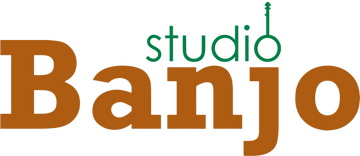



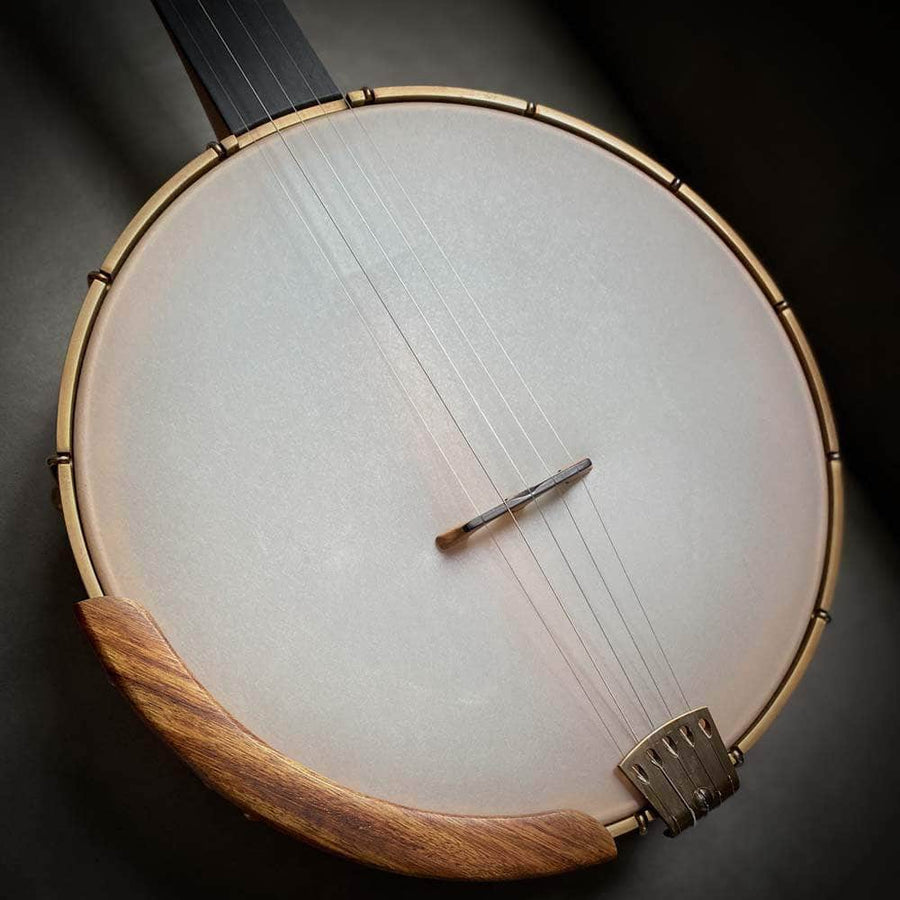
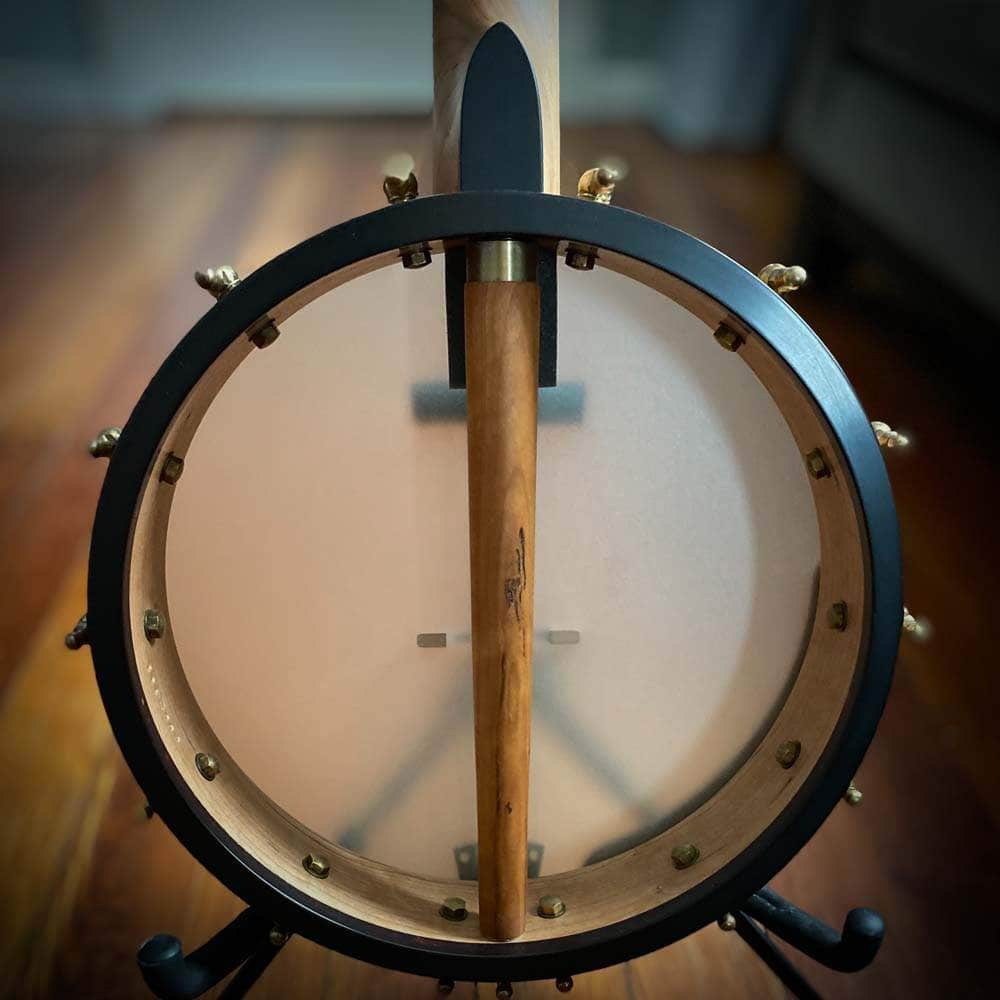
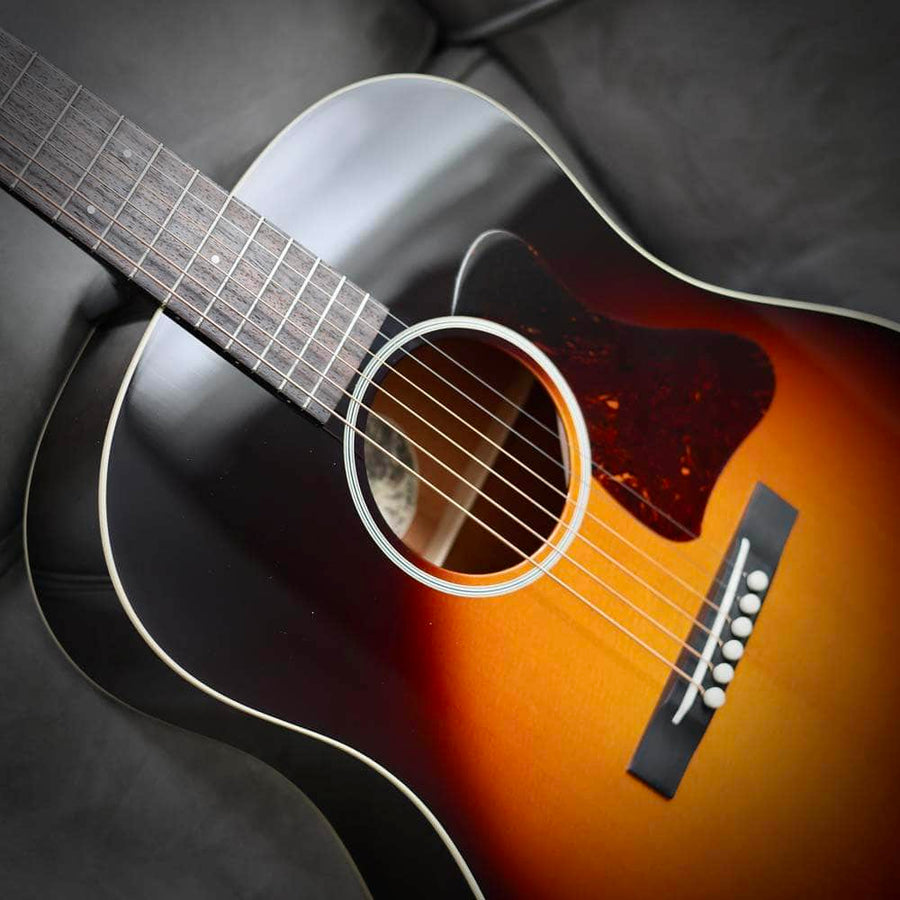
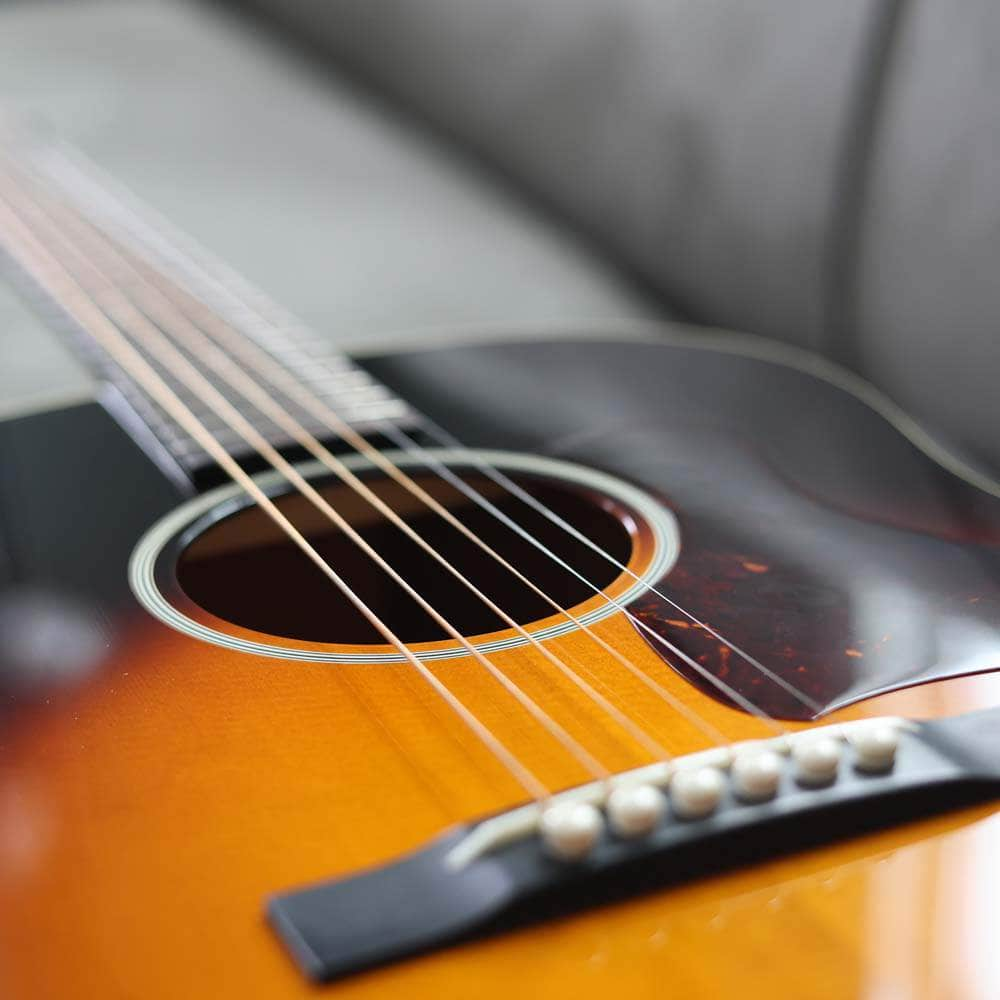
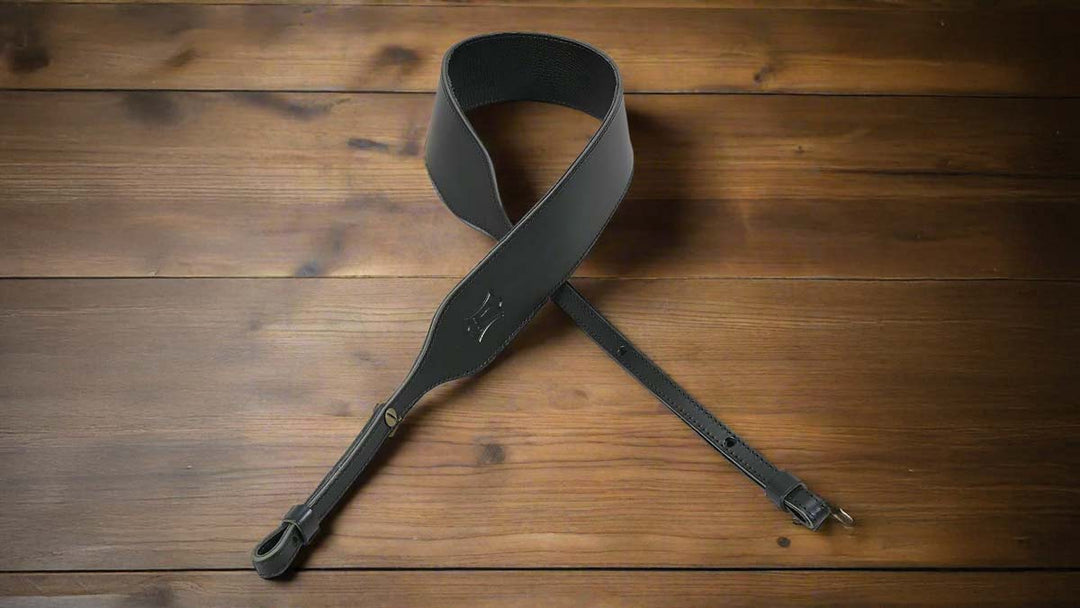
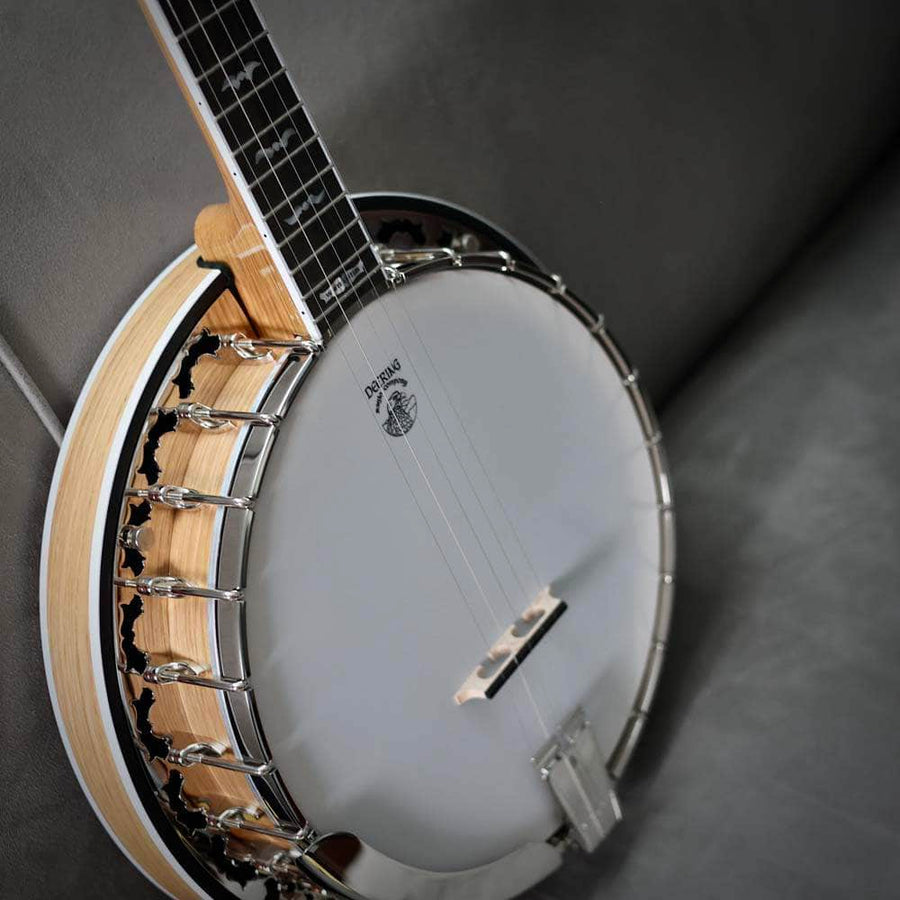
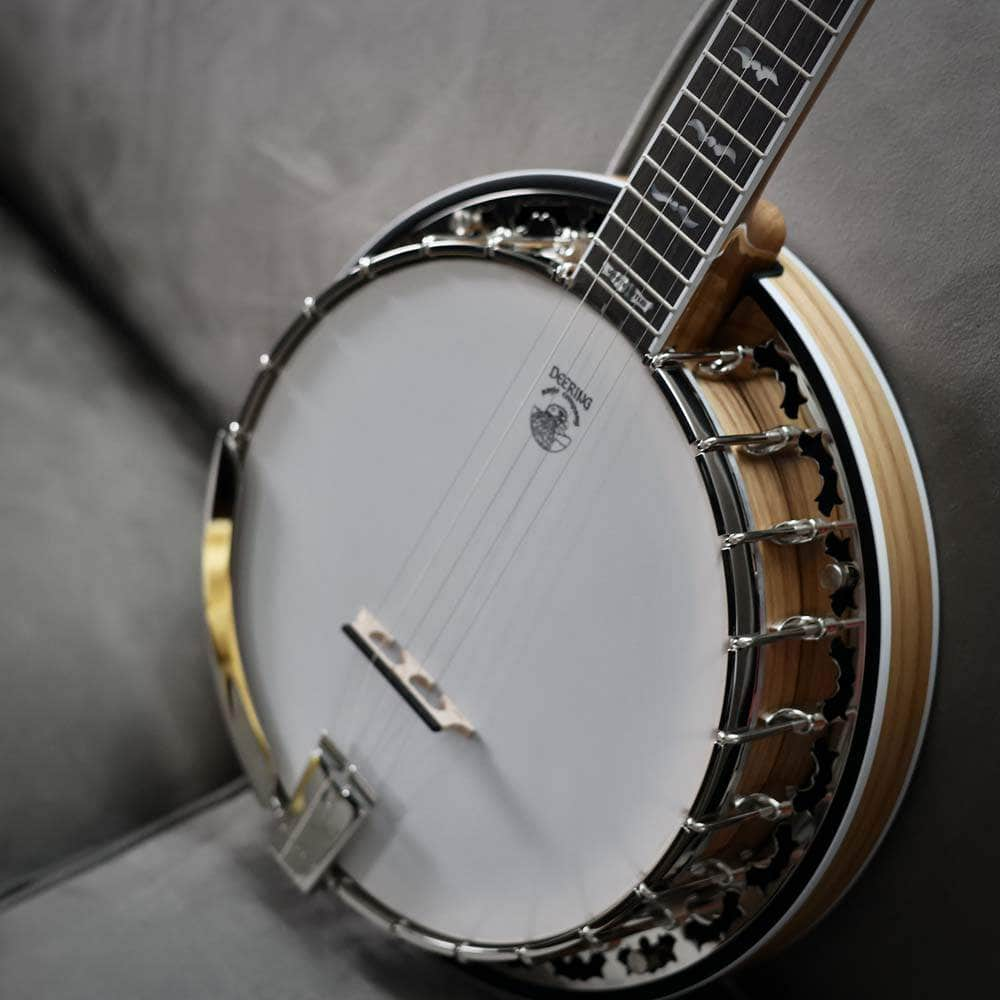
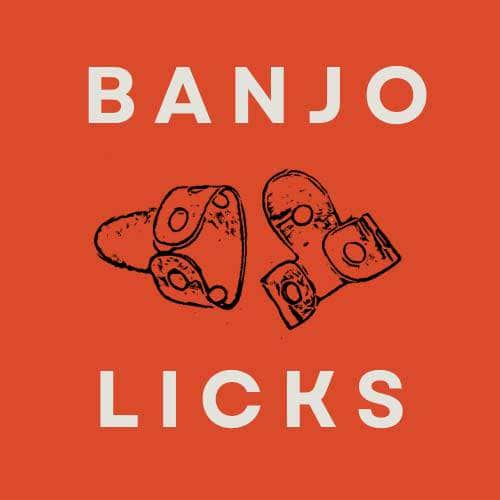
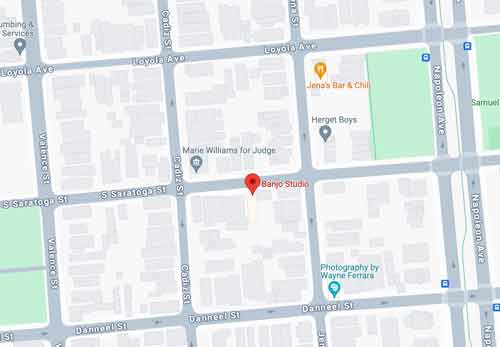
Leave a comment